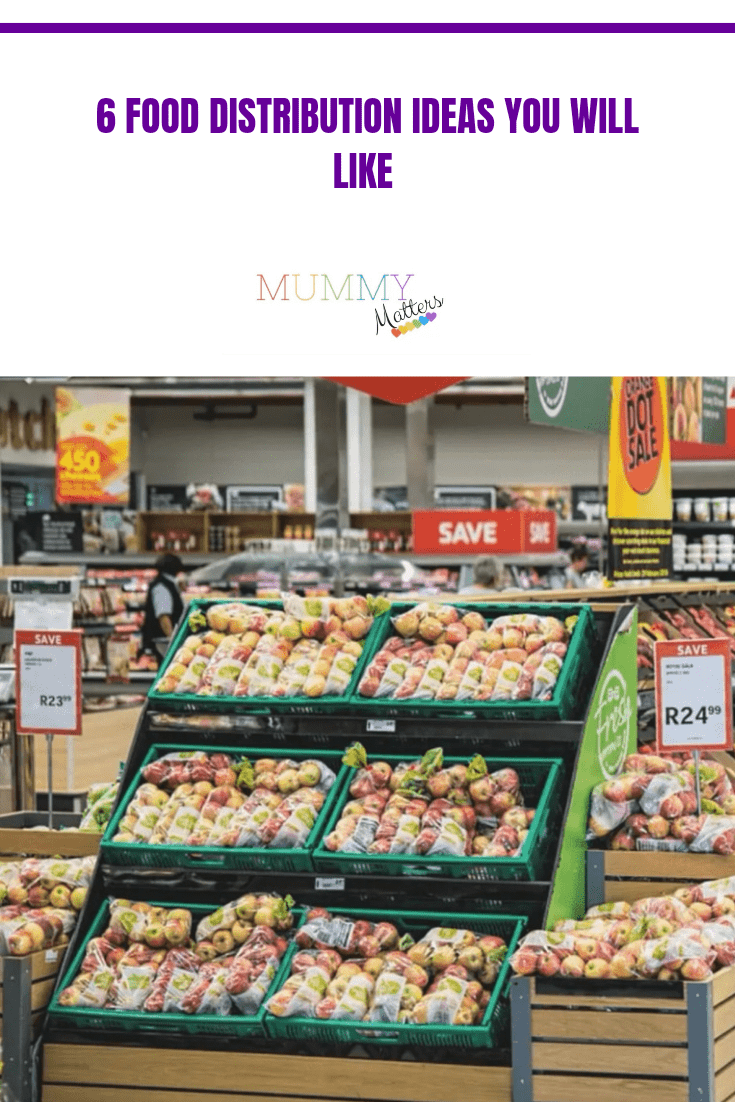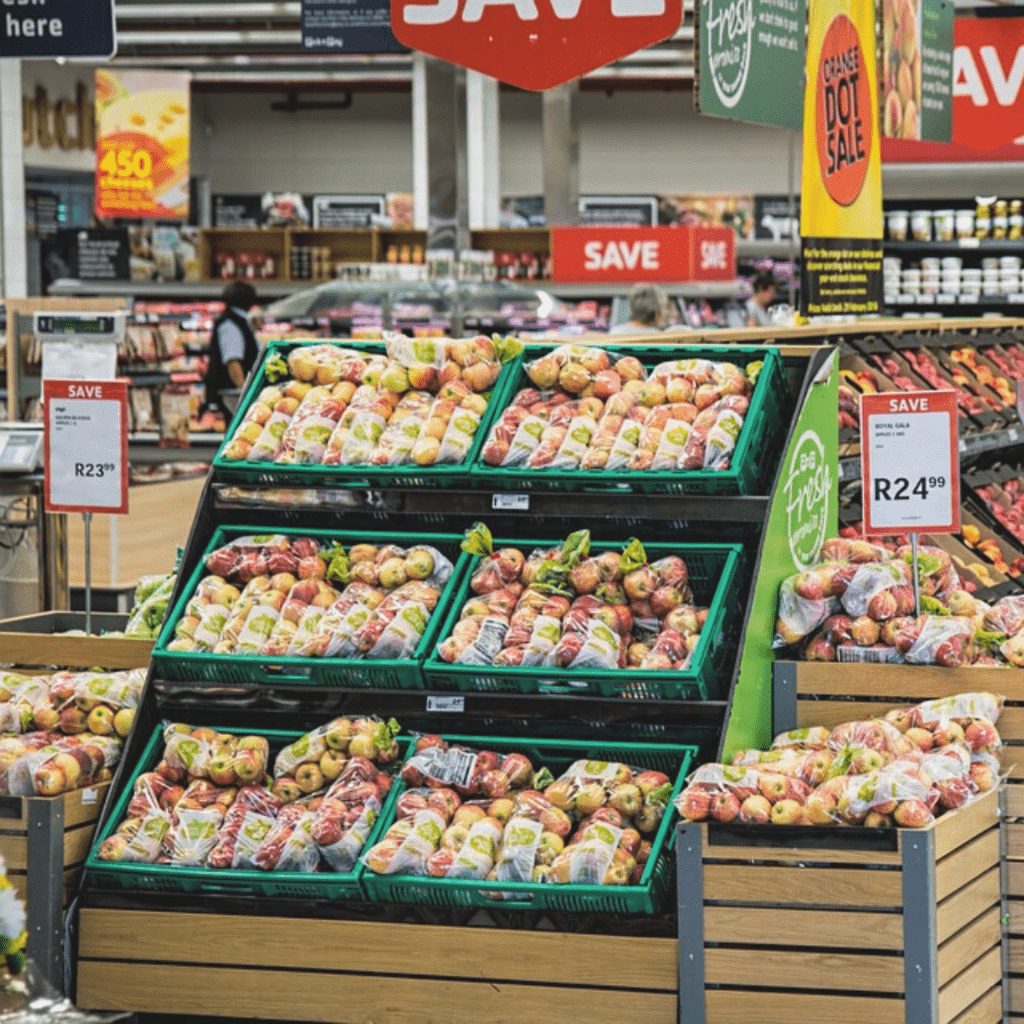Food distribution is a critical piece of the food industry. It is the process of getting food from producers to consumers. There are many different ways to distribute food, and each has advantages and disadvantages. In this blog post, we will discuss six different food distribution methods. We will also discuss the pros and cons of each method. By the end of this article, you will better understand which food distribution method is right for your business!
Work With A Wholesale Food Distributor
Working with a wholesale food distributor is one of the most popular food distribution methods. Wholesale distributors buy large quantities of food from producers and then sell it to retailers in smaller quantities. This method of food distribution has several advantages. First, it is usually less expensive to work with a wholesale distributor than to ship food directly from producers to retailers. Second, most US wholesale food distributors typically have established relationships with retailers, making it easier to get your food products into stores. Finally, wholesale distributors usually have a large staff who can support and advise on marketing and selling your food products.
Direct-To-Consumer Food Distribution
If you want to have more control over how your food products are sold and distributed, you may want to consider direct-to-consumer food distribution. This method of food distribution involves selling your food products directly to consumers through your website or online store. One of the main advantages of direct-to-consumer food distribution is that you can build a strong relationship with your customers. You will also have more control over the pricing and marketing of your food products. One of the main disadvantages of direct-to-consumer food distribution is that it can be expensive to set up and maintain your website or online store. You will also need to invest in marketing and advertising to reach your target market.
Food Service Distribution
If you produce food products meant to be consumed in restaurants or other food service establishments, you will need to use a food service distributor. Foodservice distributors sell food products to restaurants, hotels, caterers, and other food service businesses. One of the main advantages of using a food service distributor is that they have established relationships with food service businesses. This can make getting your food products into restaurants and other food establishments easier. One of the main disadvantages of using a food service distributor is that they typically charge higher prices than wholesale distributors.
Private Label Food Distribution
Private label food distribution is when a retailer sells products produced by another company but branded with the retailer’s label. This method of food distribution is becoming increasingly popular as more retailers are looking to offer their customers unique food products. One of the main advantages of private-label food distribution is that it can help you reach a wider audience of potential customers. One of the main disadvantages of private-label food distribution is that it can be difficult to find a retailer willing to sell your food products.
Speciality Food Distribution
You will need to use a speciality food distributor to produce speciality food products. Speciality food distributors sell products not typically found in supermarkets or other retail stores. One of the main advantages of using a speciality food distributor is that they have established relationships with speciality food retailers. This can make it easier to get your food products into speciality stores. One of the main disadvantages of using a speciality food distributor is that they typically charge higher prices than wholesale distributors.
Broadline Distributors
Broadline distributors distribute food products to various businesses, including restaurants, grocery stores, and other retail establishments. One of the main advantages of using a broadline distributor is that they have a wide network of customers. This can make getting your food products into various types of businesses easier.
In conclusion, there are various ways to distribute your food products. The best method of food distribution for your business will depend on several factors, including the type of food products you sell, your target market, and your budget. You may consider direct-to-consumer food distribution if you want more control over how your food products are sold and distributed. If you are looking for a more efficient way to get your food products into restaurants and other food service businesses, you may want to use a food service distributor. And if you are looking for a way to reach a wider audience of potential customers, you may want to consider private-label food distribution.


